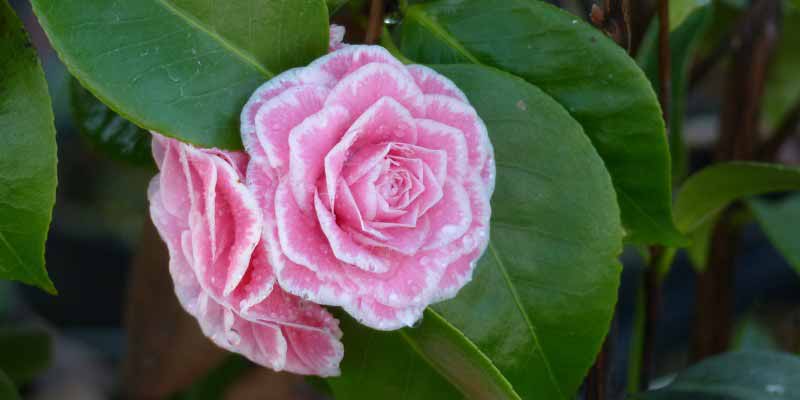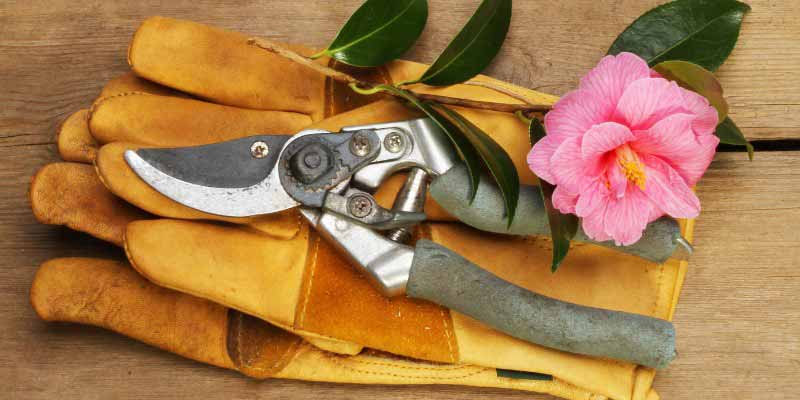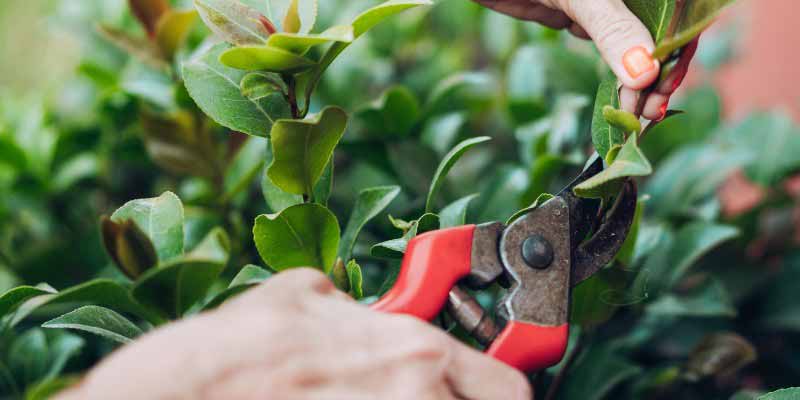Camellias are elegant, easy-to-care-for bushes that rarely need pruning to stay healthy. However, there are a few particular cases where a light prune can be useful. Discover techniques, tools and tips to prune your camellias successfully, whether for simple shaping or rejuvenation pruning. Everything you need to know to care for your camellias gently and keep them looking beautiful year after year!
Why prune a camellia?
Camellias are bushes that, by nature, do not require regular pruning to remain healthy. However, certain situations justify intervention for their well-being or aesthetics. Here are the main reasons to prune a camellia:
- Prevent disease: an open-up prune allows air and light to circulate through branches, reducing risk of fungal disease.
- Improve flowering: by thinning overly dense areas, the plant focuses its energy on flowers rather than vegetative growth.
- Balance the habit: if some branches grow disproportionately, a light prune helps maintain a compact, attractive shape.
- Control development: camellias planted as a hedge, notably varieties such as Camellia sasanqua, can be pruned to prevent them becoming too invasive.
- Remove dead branches: this prevents spread of disease and improves overall appearance of the bush.
- Rejuvenate an ageing camellia: a camellia that is becoming bare or ageing can be cut back severely. By starting from old wood it produces vigorous new shoots and regains splendour.

How to prune a camellia and when?
Pruning must be carried out after flowering. This is golden rule! Wait until flowering has finished before intervening and avoid pruning during frost, as this could weaken the plant. Camellias naturally form a pleasing structure without your help. If your bush is healthy and retains a good shape, there is no need to prune every year. You can put away the pruning shear and simply enjoy the flowers!
Necessary equipment
- Pruning shear
- Loppers for thicker branches (up to 5 cm diameter)
- Pruning saw for large branches and cuts requiring precision
- Gardening gloves
- Wound sealant
Ensure tools used have been properly disinfected to avoid spreading disease.

Step-by-step techniques to prune your camellia
Light maintenance pruning
If your camellia has grown too tall and is starting to lose shape, or if it is becoming difficult to manage, a targeted prune can help keep it in shape and floriferous. Here is how to proceed step by step:
- Once flowering has finished, cut faded flowers at base of their stem. This prevents the plant spending energy producing seed capsules and redirects it towards growth and preparing new buds.
- Remove dead or damaged shoots: inspect the bush and identify branches or shoots that are dry, blackened or diseased. Cut them cleanly at their point of attachment.
- Thin out dense areas (thinning prune): to allow light and air to pass, remove branches that cross or tangle. This aeration limits disease risk and encourages more abundant flowering next year. Make the cut just above an outward-facing bud. This will promote growth in a harmonious direction and maintain a compact shape.
- For camellias that are too tall: reduce height progressively, cutting no more than one-third of total height to avoid stressing the plant.

How to rejuvenate an ageing camellia?
If your camellia is becoming bare or ageing, do not hesitate to prune it severely. In some special cases, radical pruning may be the best solution to revitalise a camellia that has lost vigour. Mature camellia tolerates severe pruning. It will take a few months to produce new shoots: the plant will concentrate energy on forming vigorous branches. You will see dense, healthy regrowth in following seasons and your camellia will quickly regain its natural splendour. Here is how to succeed with this intervention:
- Cut back a large portion of main branches. Use a pruning saw or loppers to prune main branches back to 20–50 cm above soil. Do not worry if this seems extreme: camellia has a great capacity to resprout from old wood.
- Remove dead wood and damaged branches: identify dead or diseased parts and eliminate them completely to give the plant a healthy base for regeneration.
And, see our tutorial “How to rejuvenate a camellia?”

Aftercare following pruning
After pruning your camellia, it is essential to provide appropriate care to help it regenerate and prevent stress or disease.
- Apply a wound sealant: these bushes naturally heal well after pruning, especially if cuts are clean and tools are sharp. However, if you have cut branches over 3 cm in diameter, sealant can help protect pruning wounds from infection and fungi.
- After pruning, water your camellia generously to compensate for foliage loss and support recovery.
- Lay a layer of organic mulch (pine bark, fallen leaves) around the base of the camellia. This helps retain moisture, protects roots from temperature fluctuations and gradually enriches the soil.
- Spread a shovelful of heather soil at the base of this acidophilous bush to stimulate production of new shoots and buds.
































Comments